Evidence Of Early Metalworking In Arctic Canada – European Technologies Involved
MessageToEagle.com – A new study conducted by Dr. Patricia Sutherland, an honorary research fellow at the University of Aberdeen, examines new evidence related to an early (pre-Columbian) European presence in Arctic Canada.
Dr Sutherland has spent 15 years recovering other specimens in Arctic Canada that resemble those used by Europeans of the Viking and Medieval periods.
Dr Sutherland’s team based the study on artifacts from archaeological sites that had been assumed to relate to pre-Inuit indigenous occupations of the region in the centuries around A.D. 1000 have recently been recognized as having been manufactured using European technologies.
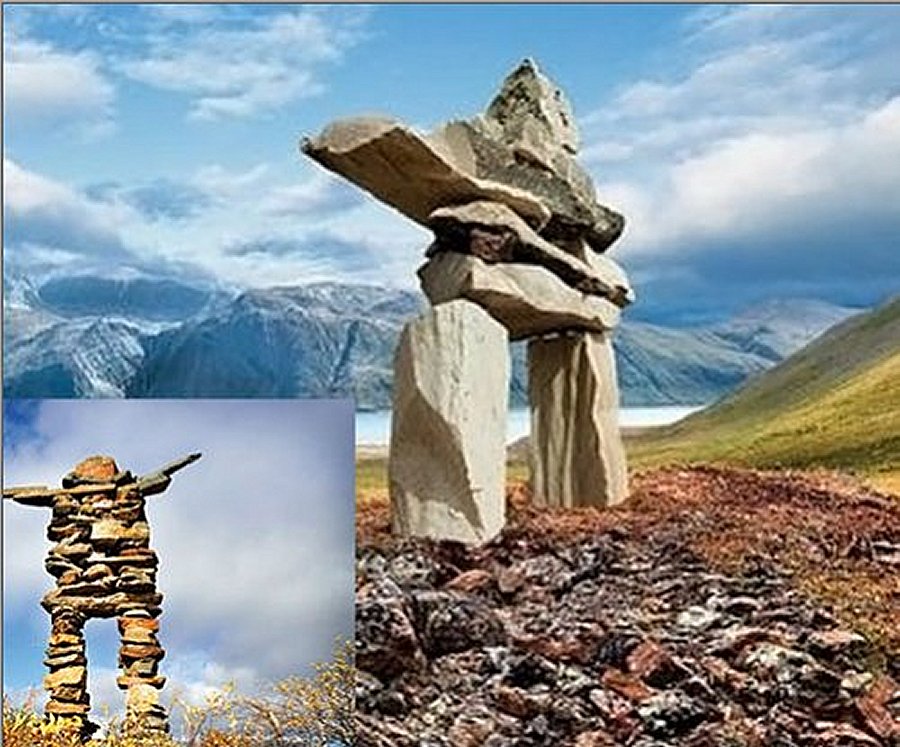
The Viking-age Norse established settlements on the southwestern coast of Greenland about A.D. 1000, and these continued to be occupied until the early 15th century.
Although less than 400 km separated the Norse Greenlandic colonies from the coasts of Arctic Canada, and explorations to the west of Greenland are described in Icelandic sagas, surprisingly little is known of ventures to North America.
The Inuit and earlier peoples of Arctic Canada cold-hammered meteoric iron and native copper in order to make tools, but neither they nor other indigenous peoples of northern North America practized high – temperature metalworking.
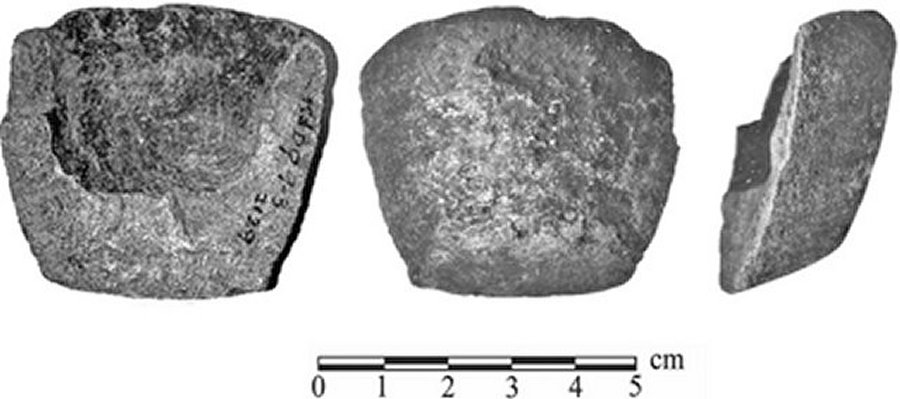
The results of the recent research show the earliest evidence of high-temperature non-ferrous metalworking in North America to the north of what is now Mexico.
An object that was found by archaeologists a half-century ago has now been recognized as further evidence of a Viking or Mediaeval Norse presence in Arctic Canada during the centuries around 1000 A.D.
The artifact was originally excavated during the 1960s and identified as the fragment of a small soapstone pot made by the local indigenous people, the Palaeo-Eskimo who occupied the area in the centuries around 1000 A.D.
Now researchers have employed scanning electron microscopy to determine if metal traces were present in a small stone container (about 48 mm tall) from an archaeological site on southern Baffin Island.
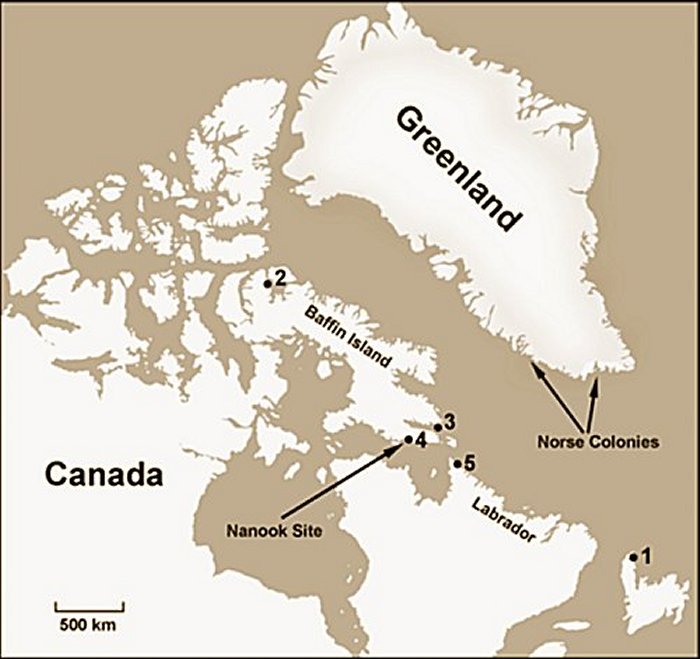
The Vikings and their mediaeval Norse descendants established colonies in southwestern Greenland about 1000 AD, and occupied the region for over 400 years. After more than a decade of research on material from the Eastern Arctic, the evidence indicates a significant early European presence in Arctic Canada.
They found that the interior of the vessel contained fragments of bronze, an alloy of copper and tin, as well as small spherules of glass which are formed when rock is heated to high temperatures.
The object is a crucible for melting bronze, likely in order to cast it into small tools or ornaments. The crucible appears to have been broken while in use, suggesting that it was likely used at the locality where it was found.
Among the Palaeo-Eskimo artifacts Sutherland has identified a wide range of specimens – like lengths of yarn spun from the fur of local animals, whetstones bearing metal traces from tools that had been sharpened, and tally sticks of the type used for recording transactions.
Interestingly, these artifacts resemble those used by Europeans of the Viking and Mediaeval periods.
The Vikings and their mediaeval Norse descendants established colonies in southwestern Greenland about 1000 AD, and occupied the region for over 400 years. After more than a decade of research on material from the Eastern Arctic, the evidence indicates a significant early European presence in Arctic Canada.
The Norse would likely have travelled to the area in order to obtain furs and walrus ivory, either by hunting or by trading with the indigenous people.
“The crucible adds an intriguing new element to this emerging chapter in the early history of northern Canada,” Dr. Patricia Sutherland said.
MessageToEagle.com.
Related Posts
-
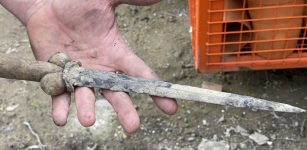 Medieval Bollock Dagger – Also Known As Kidney Dagger Discovered In Belgium
No Comments | Mar 30, 2022
Medieval Bollock Dagger – Also Known As Kidney Dagger Discovered In Belgium
No Comments | Mar 30, 2022 -
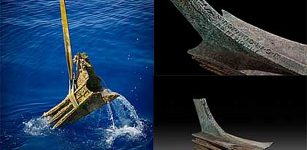 Treasures of the Sea: More Than 200 Amazing And Unique Objects Rescued From The Bottom Of The Mediterranean
No Comments | Nov 20, 2015
Treasures of the Sea: More Than 200 Amazing And Unique Objects Rescued From The Bottom Of The Mediterranean
No Comments | Nov 20, 2015 -
 Egyptian Necropolis Of Asyut And Funerary Culture That Dates Back To Old Kingdom
No Comments | Feb 24, 2020
Egyptian Necropolis Of Asyut And Funerary Culture That Dates Back To Old Kingdom
No Comments | Feb 24, 2020 -
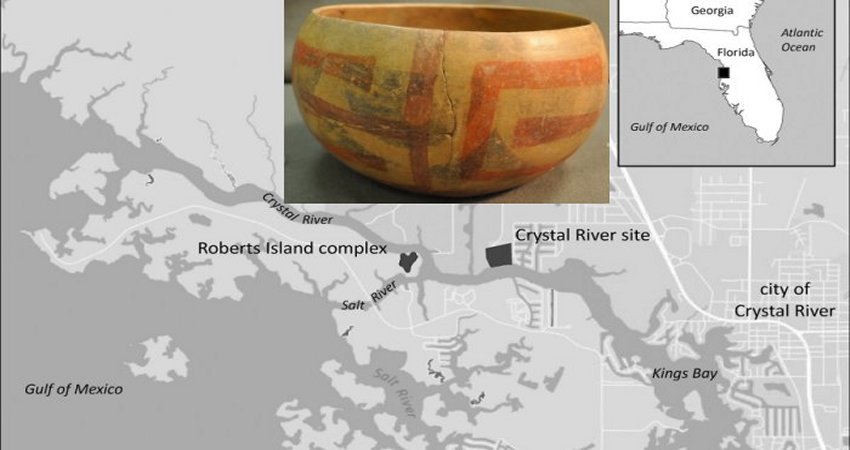 Tough Times And Florida Oyster Feasts
No Comments | May 4, 2020
Tough Times And Florida Oyster Feasts
No Comments | May 4, 2020 -
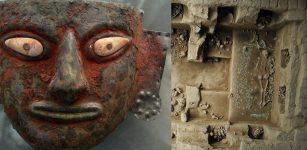 Ancient Tombs Of Peru’s Moche Priestesses Unearthed
No Comments | Jul 23, 2016
Ancient Tombs Of Peru’s Moche Priestesses Unearthed
No Comments | Jul 23, 2016 -
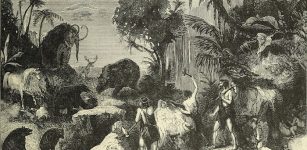 Ancient Human Feeding Behavior Studied By Scientists
No Comments | Jan 20, 2022
Ancient Human Feeding Behavior Studied By Scientists
No Comments | Jan 20, 2022 -
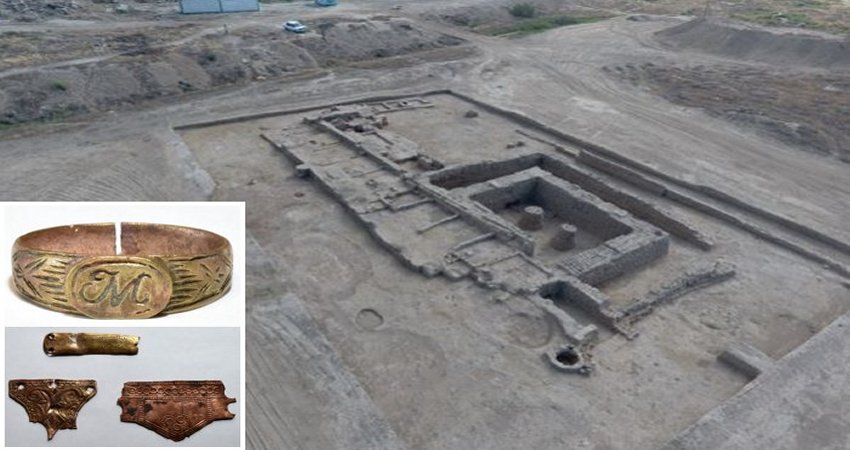 Stunning Ancient Khanqah With Large Underground Crypt, Ritual Halls And Burials Discovered In Turkestan
No Comments | Aug 15, 2020
Stunning Ancient Khanqah With Large Underground Crypt, Ritual Halls And Burials Discovered In Turkestan
No Comments | Aug 15, 2020 -
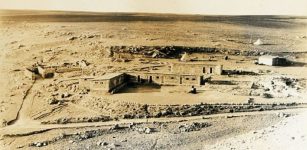 The Assyrian Siege Ramp And Breached Walls At Canaanite City Of Lachish – Studied
No Comments | Nov 11, 2021
The Assyrian Siege Ramp And Breached Walls At Canaanite City Of Lachish – Studied
No Comments | Nov 11, 2021 -
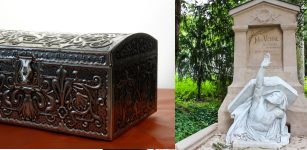 Extraordinary Discovery Of ‘Time Capsule’ Belonging To Jules Verne – It May Contain Unpublished Works
No Comments | Apr 19, 2017
Extraordinary Discovery Of ‘Time Capsule’ Belonging To Jules Verne – It May Contain Unpublished Works
No Comments | Apr 19, 2017 -
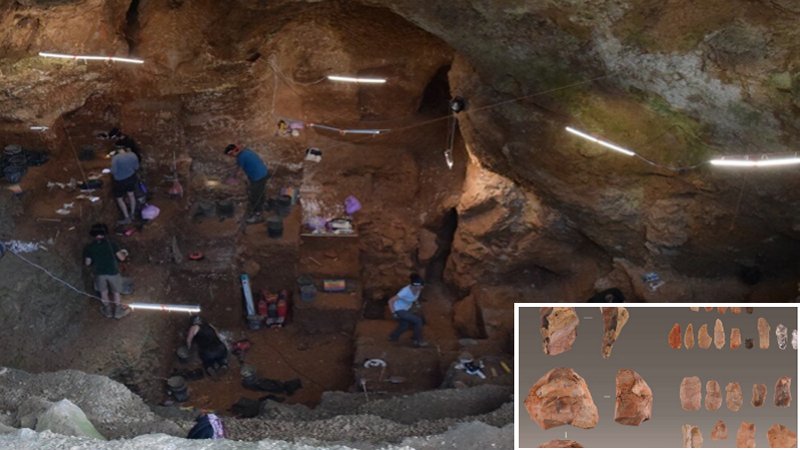 Stone Tools In Lapa do Picareiro Cave Reveal Modern Humans Reached Western Parts Of Europe 5,000 Years Earlier Than Previously Thought
No Comments | Sep 30, 2020
Stone Tools In Lapa do Picareiro Cave Reveal Modern Humans Reached Western Parts Of Europe 5,000 Years Earlier Than Previously Thought
No Comments | Sep 30, 2020
